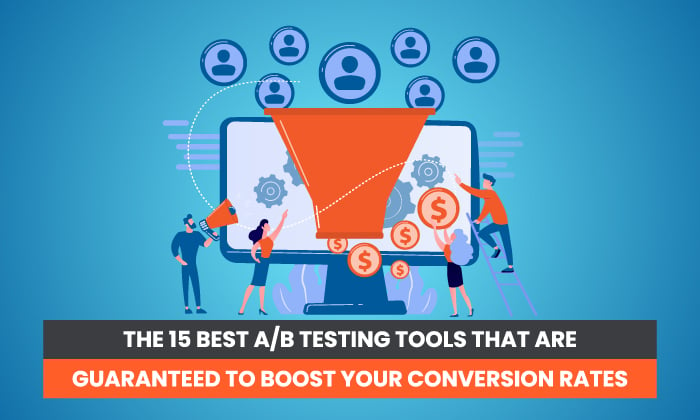Discover How PR Supercharges Your Brand’s Inbound Marketing Strategy
Supercharge Your Inbound Marketing Using PR Techniques Inbound marketing is all about positioning your brand as the go-to choice for customers. You must gain your audience’s trust, which requires engaging with the public and media in a variety of...

Supercharge Your Inbound Marketing Using PR Techniques
Inbound marketing is all about positioning your brand as the go-to choice for customers. You must gain your audience’s trust, which requires engaging with the public and media in a variety of ways. It’s, therefore, the foundation of effective inbound marketing, and in the modern world, no brand can survive without PR.
PR is not the Same as Advertising
Malcolm Muggeridge once said that “news is anything anybody wants to suppress; anything else is public relations”. In this, he was correct: the fundamental concept of PR is to make the best aspects of your brand as visible as possible. This is very different from advertising, which takes your brand’s message and forces as many people as possible to listen to it.
PR is your brand’s CEO quoted in The Times, while advertising is a full-page spread on the opposite page. It is starting a conversation with your Twitter followers, while advertising is serving them paid content. This is effective because you allow people to listen, rather than forcing them to, and it draws them naturally towards your brand.
PR Techniques for Inbound Marketing
It places your brand where your audience will naturally encounter it, building authority and contributing to your inbound marketing strategy. There are infinite ways to achieve this, but a few effective techniques are commonly used to improve the power of inbound marketing.
Newsjacking
An easy way to garner PR is to piggyback on current affairs. If you pick the right story and associate your brand with it, this can be an easy way to garner positive PR. This PR technique, known as ‘newsjacking’, has proven effective for brands like Fiji Water and IKEA, but it can easily backfire if you choose the wrong story. Pepsi’s attempt to newsjack the 2017 BLM protests using Kendall Jenner was a good example of how not to do this since it was so obviously a cynical attempt to monetise an important issue.
Facilitating the Conversation
All brands want to be part of the conversation. A good way to do this is to become a participant, not a leader, of the conversation your audience is having. Your brand shouldn’t be telling people what to talk about: it should host the conversation that’s already happening.
This Tweet from Hubspot is a great example of how to do this. Note that while they may be ‘starting the conversation’ in terms of actually asking the question, they aren’t really starting a new conversation. They know that their audience is already talking about “how I’d build a brand from scratch”. All they’re doing is providing a public forum in which to have the discussion.
Borrowing Authority
Brands can also borrow the authority of others. There are plenty of ways to do this: for instance, when we worked with Origin Workspace we were able to secure engagement with high-profile industry figures on Twitter. Our work with ASDAN, a curriculum development organisation, secured placement in several key industry journals.
Although social media and industry journals are poles apart, they both serve the same goal. This is to position our client’s brand as an established, relevant authority within the industry.
Measuring the Impact of PR on Inbound Marketing
PR has a powerful effect on the success of inbound marketing, but it is inherently hard to measure PR’s Return on Investment (ROI). The PR industry has grappled with this problem for years, creating the so-called ‘Barcelona Principles’ for measuring PR efficacy. The principles themselves are relatively opaque for non-industry readers, but they focus on the following:
You cannot measure without first setting goals – SMART targets, for instance, are a key method for establishing relevant metrics PR needs qualitative and quantitative measurement – it’s not enough to pile up tons of information: you have to know how to interpret marketing data Honesty and clarity are essential – PR companies shouldn’t try to bamboozle their clients with distorted numbers, but provide them with a clear perspective
 FrankLin
FrankLin 





















![Run An Ecommerce SEO Audit in 4 Stages [+ Free Workbook]](https://api.backlinko.com/app/uploads/2025/06/ecommerce-seo-audit-featured-image.png)










